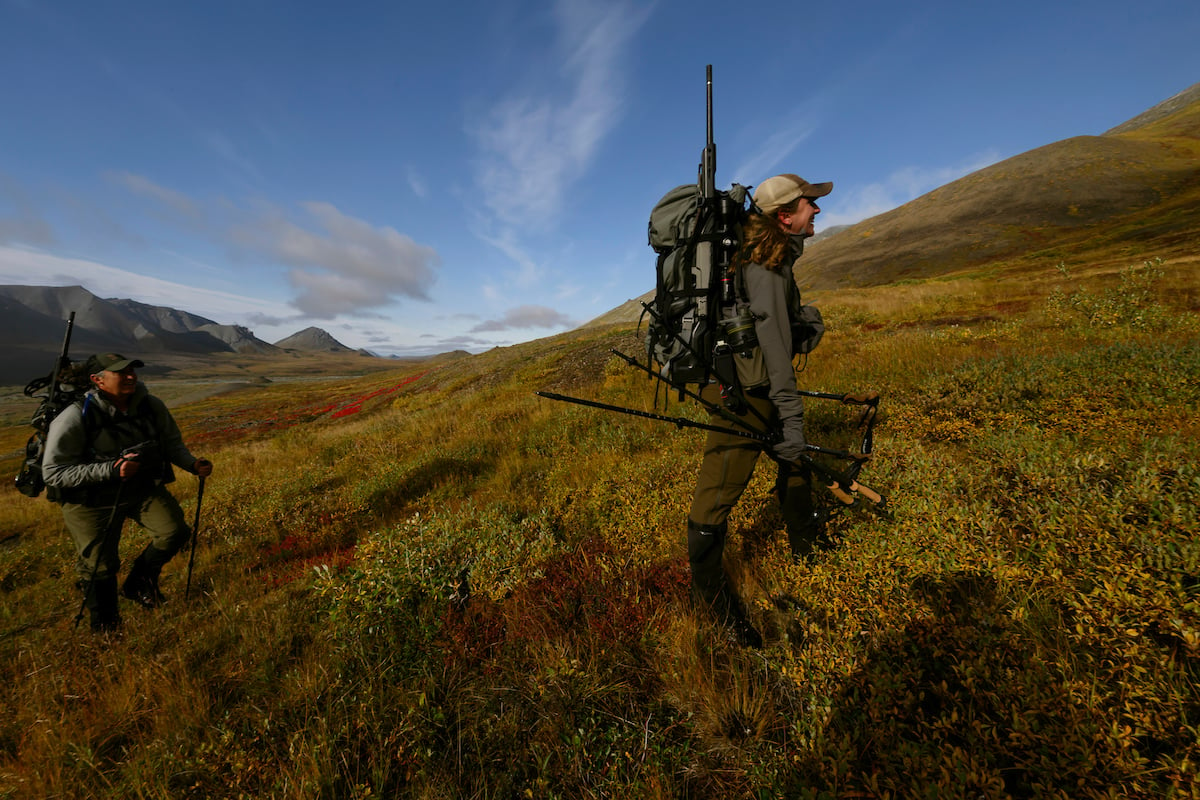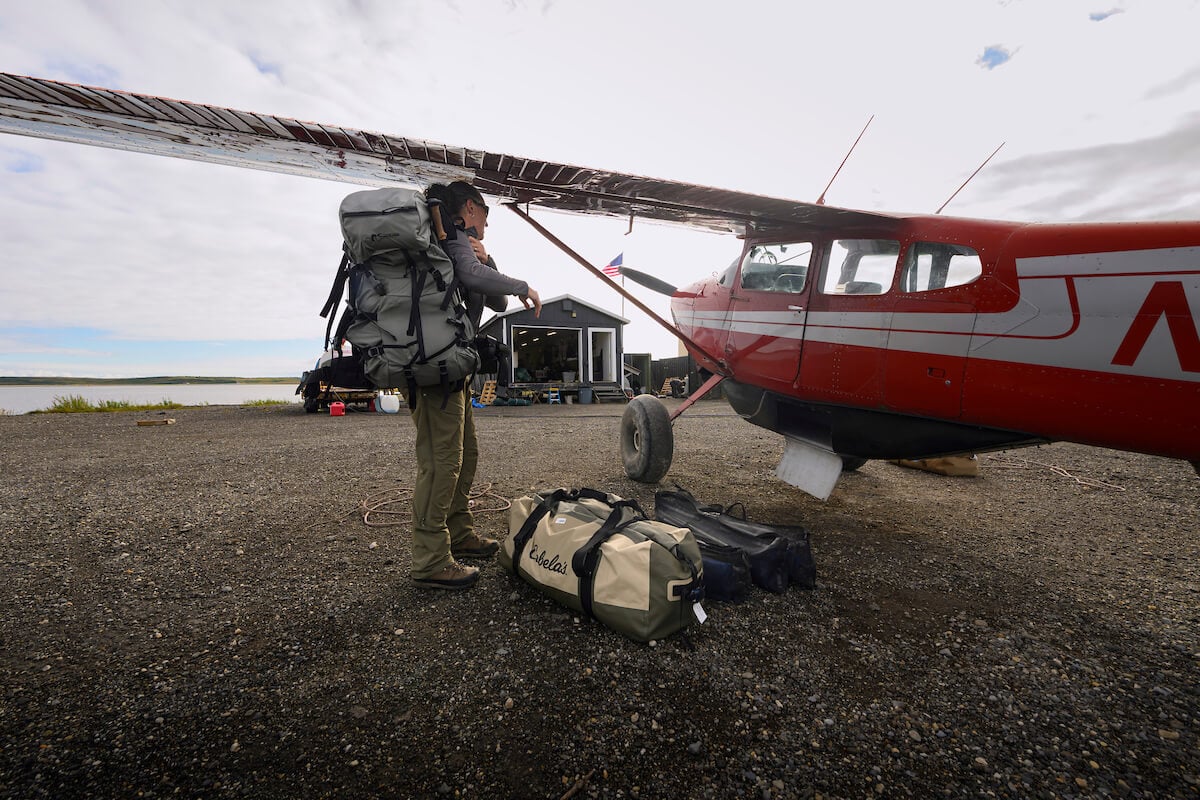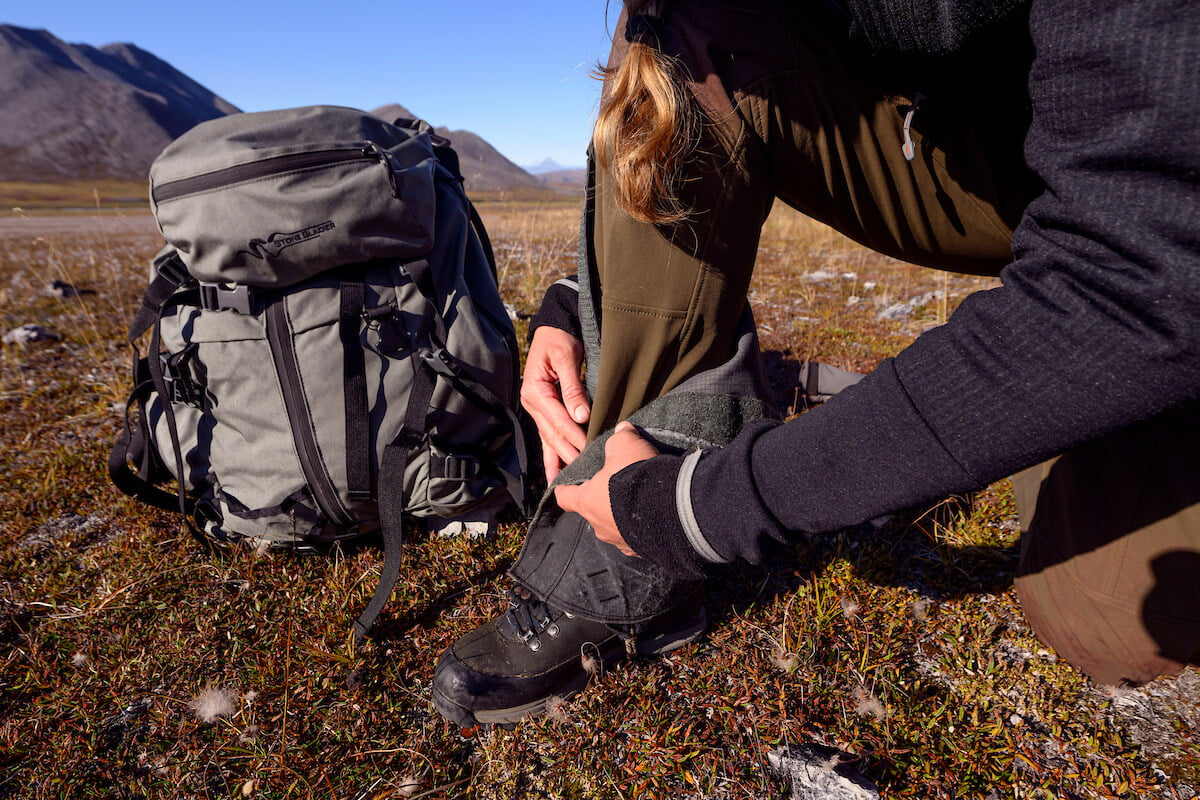- Savage Blog
- Hunting Fitness: Getting in Shape for the Season
Hunting Fitness: Getting in Shape for the Season

Hunting isn’t just about patience and skill—it’s a physical endeavor that demands endurance, strength, and mental focus. Whether you're trekking through steep backcountry terrain or waiting for hours in a tree stand, being in peak physical condition can make the difference between a successful hunt and a grueling struggle. If you are physically prepared, that leaves your focus on the mentality of the hunt once your boots are on the ground. As a hunter, you can only control so much of the hunt itself, but the main thing you can control is how you prepare yourself. Now is the time to start preparing, and a well-rounded hunting fitness plan will help you build the stamina and strength needed for the challenges ahead. Before starting any intense workout regimen, consult with a medical professional and consider working with a trainer to develop a customized plan that suits your fitness level and hunting goals. There is no one-size-fits-all plan when it comes to preparing for a hunt.

Strength and Endurance Training for Hunting Fitness
A successful hunt often requires miles of hiking, often with a loaded pack, climbing rugged landscapes, and hauling out game. To prepare, incorporate exercises that build leg and core strength while improving endurance. Hunting fitness is all about preparing your body for real-world conditions in the field.
Lower Body Strength
Your legs will take the brunt of the work when navigating difficult terrain, so focus on exercises that build lower body power:
- Squats: Build quad, hamstring, and glute strength for uphill climbs.
- Lunges: Improve balance and strengthen legs for uneven ground.
- Step-Ups: Mimic climbing by stepping onto a bench or box with a weighted pack.
- Calf Raises: Strengthen ankles and calves for stability on rocky terrain.
Core Stability
A strong core helps with balance, stability, and endurance, especially when carrying heavy gear. Hunting fitness requires a stable core to handle long treks and rifle stabilization.
- Planks: Strengthen the entire core for improved posture and balance.
- Russian Twists: Enhance rotational strength for stabilizing a rifle.
- Hanging Leg Raises: Build lower core strength to help with prolonged hikes and steep inclines.
Upper Body Strength
If you’re hauling gear or packing out game, strong shoulders, arms, and back muscles will make the task easier.
- Deadlifts: Strengthen the back, legs, and grip for lifting and carrying game.
- Pull-Ups: Improve back and arm strength for climbing and maneuvering obstacles.
- Rows: Strengthen the upper back for carrying a pack and stabilizing a rifle.

Hiking for Distance and Elevation in Hunting Fitness
Hiking is one of the most effective ways to prepare for hunting season. Aim to train on terrain similar to where you’ll be hunting. If possible, incorporate the following:
- Weighted Pack Training: Carry the same gear and weight you’ll use on the hunt to condition your body.
- Incline Work: Find hills or staircases to build strength for elevation gains.
- Long-Distance Hikes: Build endurance by gradually increasing your mileage.
- Trail Variability: Train on uneven terrain to strengthen stabilizer muscles and ankles.
- Simulated Hunts: If possible, take your hikes in the same area you plan to hunt to familiarize yourself with the landscape and challenges.
Breaking in Your Hunting Boots
Your feet will take a beating during hunting season, so breaking in your boots before opening day is critical. Wear your boots on training hikes, around the house, and during workouts. This helps soften stiff materials, mold them to your feet, and prevent painful blisters during your hunt. If possible, wear the same socks and insoles you plan to use in the field to ensure a proper fit. Hunting fitness isn’t just about strength; it’s about preparation, and properly broken-in boots can make or break your hunt.

Breathing and Shooting Stability for Hunting Fitness
Buck fever—the rush of adrenaline that comes when you spot your target—can make steadying a shot difficult. Proper breathing techniques can help you stay calm and focused:
- Box Breathing: Inhale for four seconds, hold for four seconds, exhale for four seconds, and hold again for four seconds. This technique lowers heart rate and steadies nerves.
- Controlled Exhalation: Before taking a shot, inhale deeply and slowly exhale as you squeeze the trigger.
- Cardio-Induced Shooting Practice: After doing a short sprint or set of burpees, practice aiming and dry-firing your rifle to simulate shooting under physical stress.
- Mental Visualization: Spend time visualizing a successful hunt, including seeing your shot placement and steadying your breath under pressure.
Acclimating to Temperature Changes
Hunting season often brings extreme temperature shifts, from freezing mornings to warm afternoons. Acclimating to these changes in advance can help your body perform better in the field.
- Cold Exposure Training: Take short, controlled ice baths or cold showers to help your body adapt to lower temperatures.
- Heat Training: If hunting in hot conditions, gradually expose yourself to heat during workouts to improve tolerance.
- Layering Practice: Train in the same layering system you’ll wear while hunting to understand how your body responds to different conditions.
Stretching and Flexibility for Hunting Fitness
Hunting often requires getting into awkward positions to take a steady shot, whether kneeling on uneven ground or bracing against a tree. Flexibility plays a crucial role in hunting fitness, allowing you to move comfortably and maintain stability in these situations. Incorporate these stretches into your routine:
- Hip Flexor Stretch: Improves mobility for kneeling and squatting positions.
- Hamstring Stretch: Enhances flexibility for stability when shooting from varied angles.
- Lower Back Stretch: Reduces stiffness and improves posture when carrying heavy packs.
- Shoulder Mobility Work: Helps maintain a steady rifle position for prolonged periods.
- Dynamic Stretches: Include leg swings, arm circles, and torso twists before workouts to prepare for movement in the field.
By improving flexibility, you’ll be able to move more efficiently, stay comfortable in the field longer, and get into stable shooting positions when it matters most.
Nutrition and Hydration for Hunting Fitness
Physical preparation isn’t just about exercise—fueling your body properly plays a critical role in your hunting fitness plan.
- Hydration: Carry plenty of water during training hikes and get used to drinking frequently to prevent dehydration in the field.
- Protein and Muscle Recovery: Eating lean meats, eggs, and protein-rich foods helps build muscle and recover from tough workouts.
- Endurance-Focused Carbohydrates: Whole grains, fruits, and vegetables provide sustainable energy for long treks.
- Electrolyte Balance: Sodium, potassium, and magnesium help prevent cramps and keep you performing at your best.
- Hunting Diet Simulation: Eat the foods you plan to bring on your hunt during training hikes to ensure they sit well with your stomach and provide sufficient energy.

Hunting fitness isn’t just about strength—it’s about endurance, stability, and adaptability. By training your body for long treks, heavy packs, and challenging conditions, you’ll be ready for whatever the season brings. Whether it’s breaking in your boots, hiking with a loaded pack, or practicing breathing techniques for a steady shot, every effort you make now will pay off when you’re in the field. Hunting fitness prepares you to hunt harder, perform better, and enjoy the experience more. A strong, well-conditioned body will allow you to focus on the hunt rather than fatigue, ensuring a more rewarding and successful season.

